Notes
This small fragment of glass is a part of a French perfume bottle and offers an intriguing story of international trade networks. Despite the slightly golden appearance caused by weathering effects, the color of this fragment was originally a dark blue, achieved by adding cobalt to molten glass. The glass was blown into a two part bottle mold, which not only formed the flask shape of the bottle but also the raised relief decorative elements. In more complete form, these decorations formed a series of three fleur-de-lys which were surmounted by a crown on one side of the bottle.
This decoration, combined with the recovery of this object from an archaeological context from the third quarter of the eighteenth century, indicates it was a bottle made in Orleans, France in a glasshouse founded by Bernard Perrot which operated between 1662 and 1754.
Similar bottles have been identified as containers for perfumes or snuff, both of which could be partaken of by either sex in the later eighteenth century. Washington’s 1772 order of “1 Oz. of Amber Grease for perfumes” from London merchant Robert Cary suggests perfumes were potentially made within the household at Mount Vernon; if so, it may have been one or more of the enslaved individuals that resided in the House for Families who helped carry out this work.
Object Type
Has it Been Conserved?
No
Where Was It Found?
Project Site: House for Families [more details]
Material
Vessel
Manufacturing Technology
Form
Completeness
Decorative Technology
Decorative Notes
Fleur de lis
Date
18th century
Country of Origin
Dimensions
20mm x 0mm x 20mm (W x H x L)
Illustration shows object in comparison to the size of a quarter
Weight
1.2 gram(s)
Object Number
1782216. Glass vessel 16
DAACS Number
1782216
Project: House for Families
The structure identified as the “House for Families” on the 1787 Vaughan plan likely housed the majority of the enslaved population living at the Mansion House Farm for much of the second half of the eighteenth century. The building was in existence from circa 1760 until it was demolished in late 1792 or early 1793. The archaeological evidence for the structure consisted of a brick-lined storage cellar (44FX762/40-47) measuring roughly six feet by six feet. Historically the cellar served as a handy trash receptacle once it ceased to be used for its original storage function, and through extensive excavation has yielded an extremely rich assemblage of household refuse. The analysis of these remains offers the opportunity to study important aspects of the daily lives of Mount Vernon's enslaved community.
See All Objects From this Dig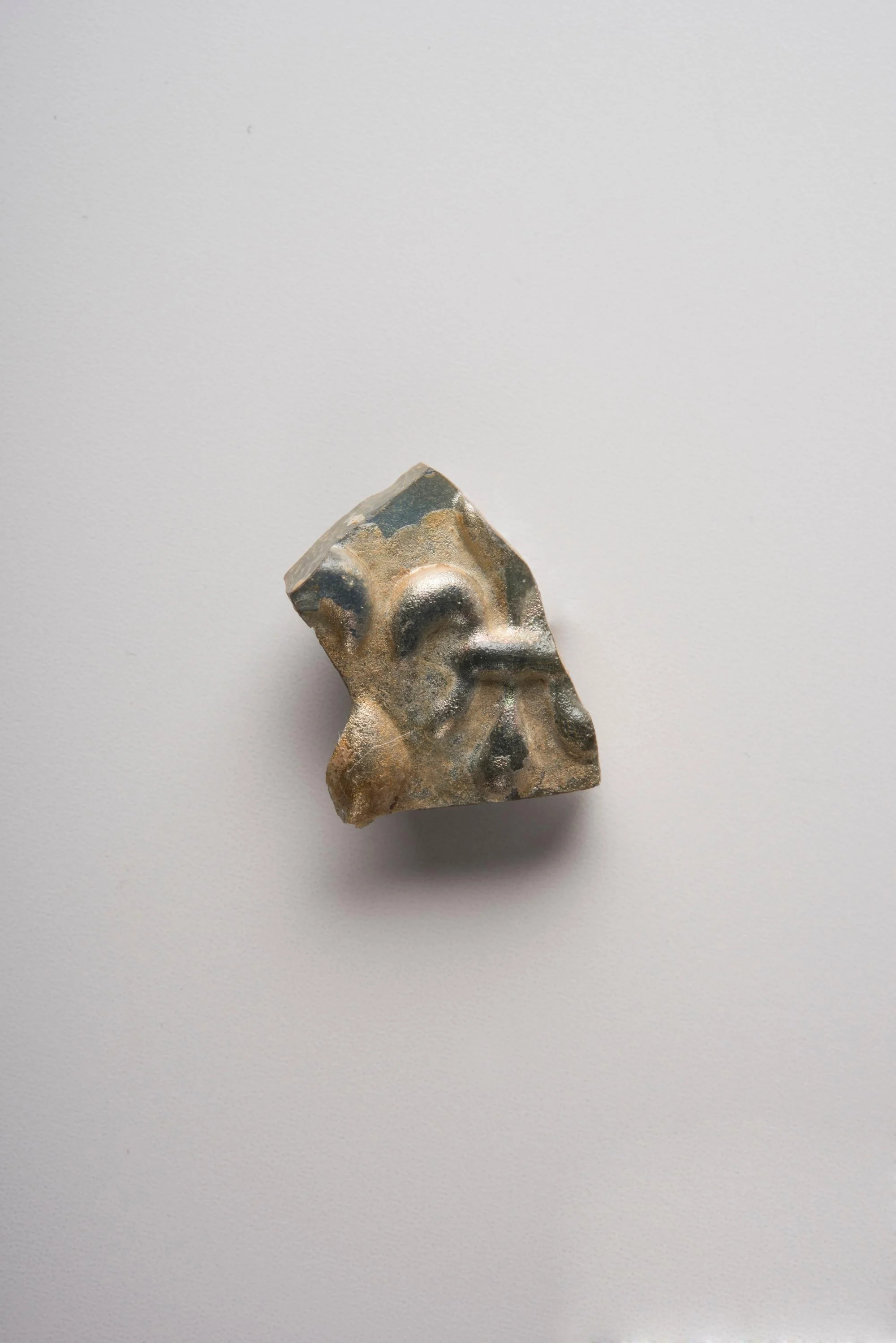
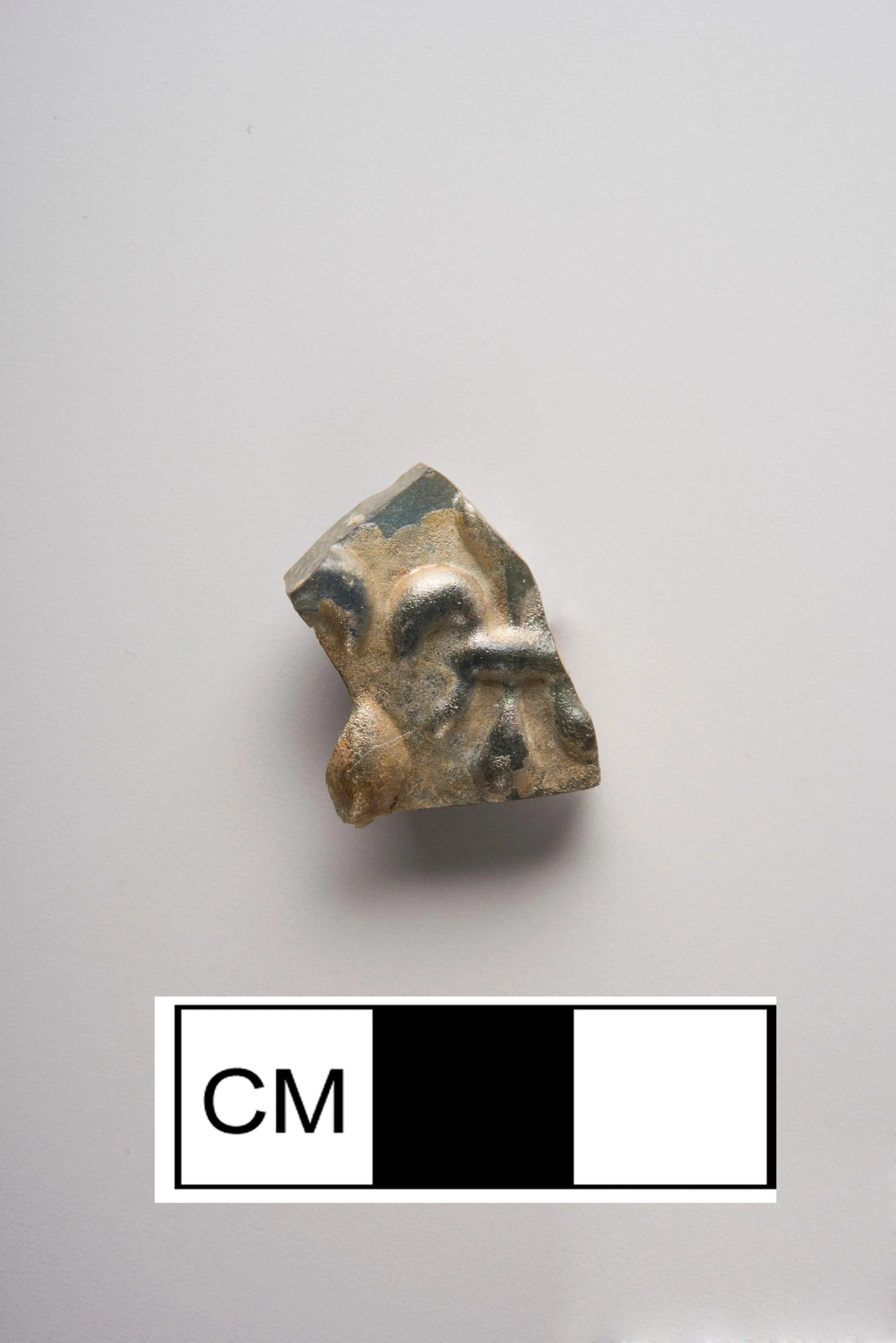
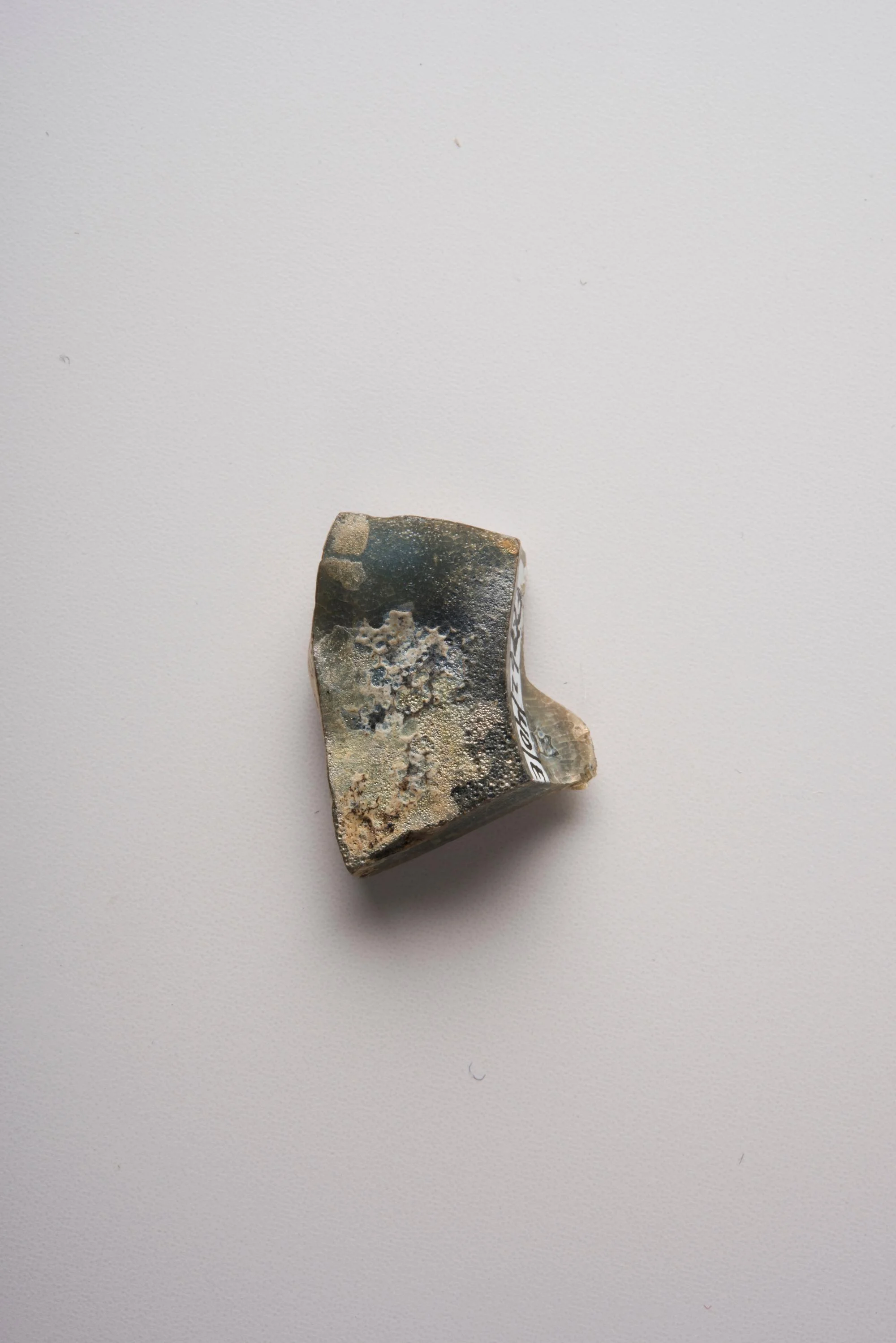
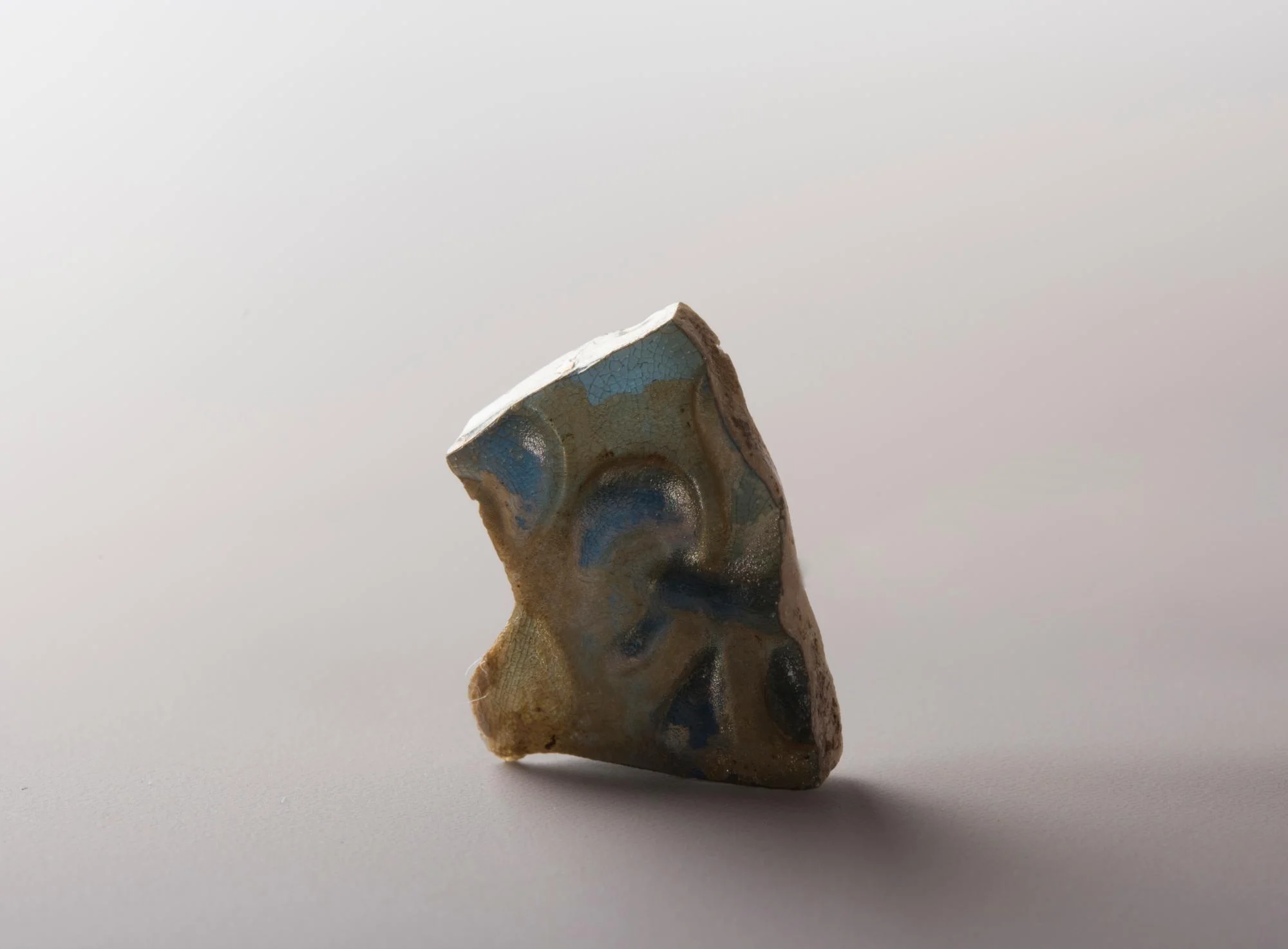
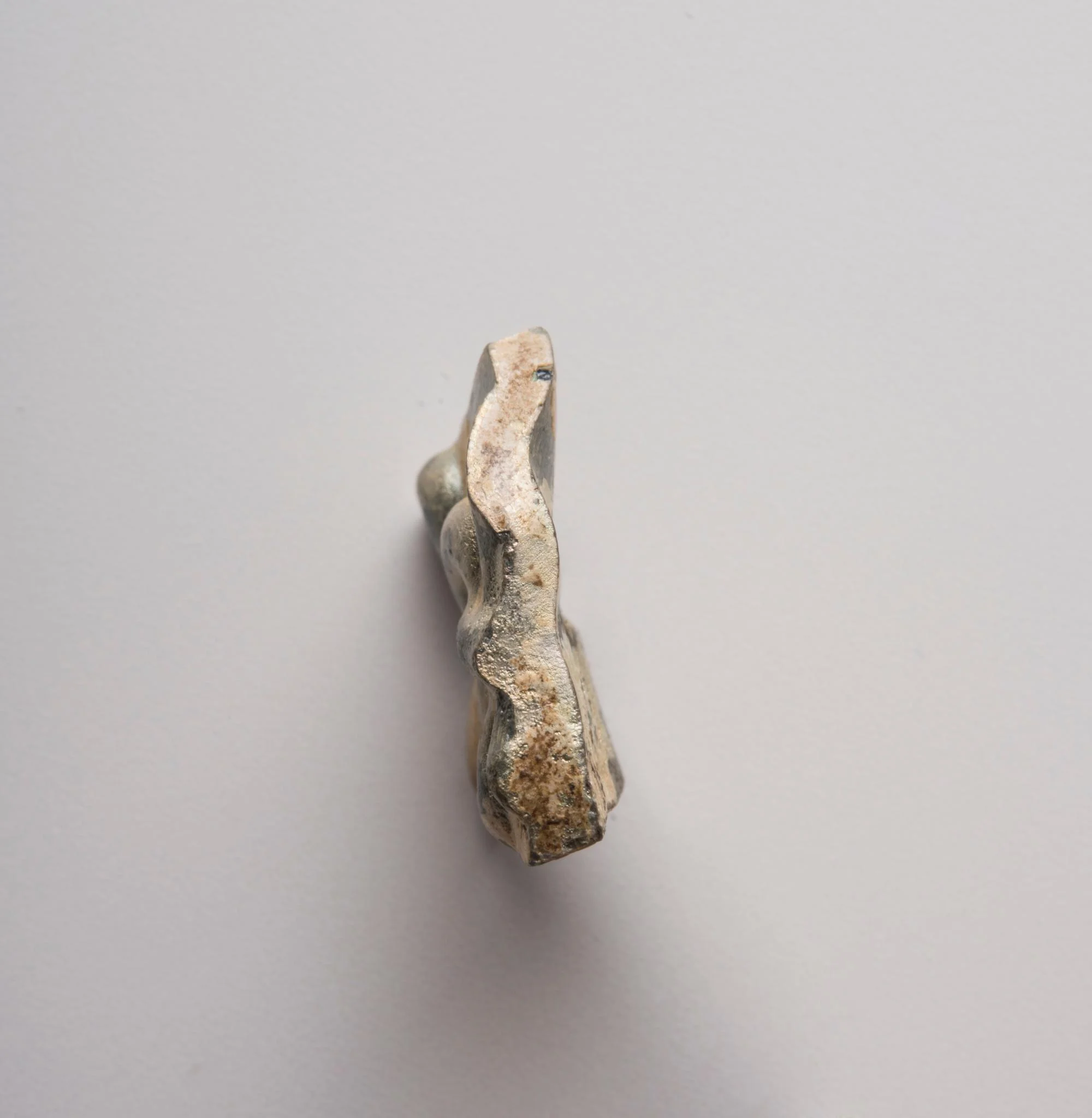
 Glass
Glass